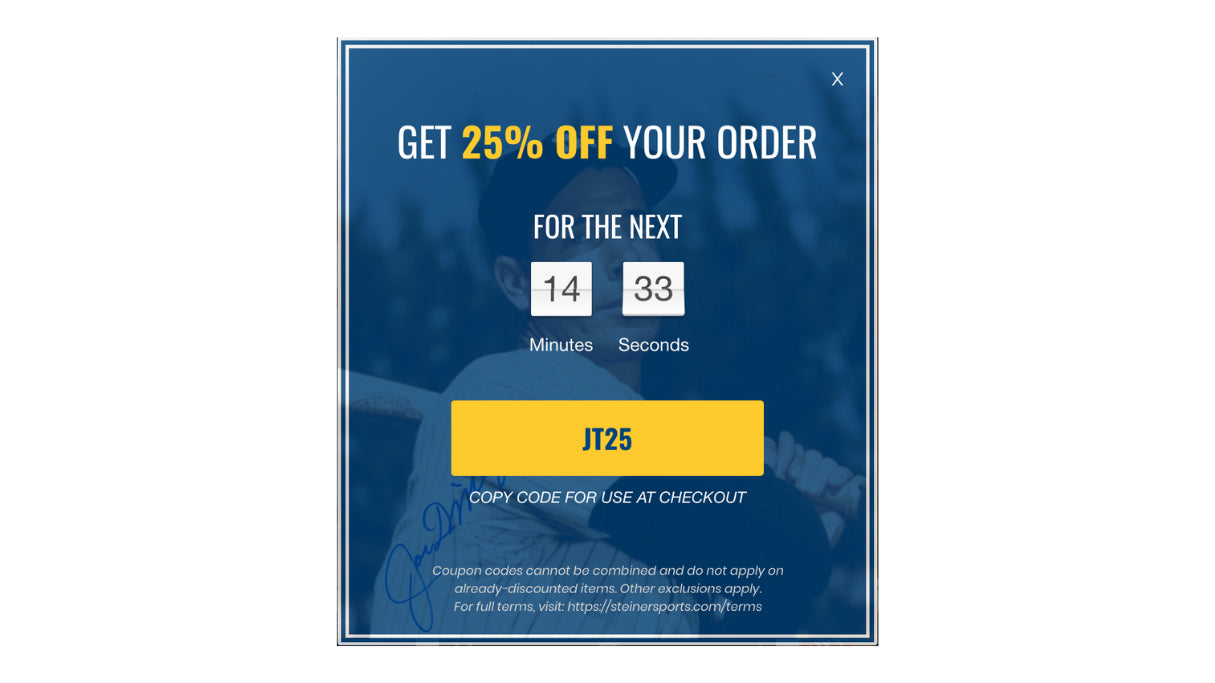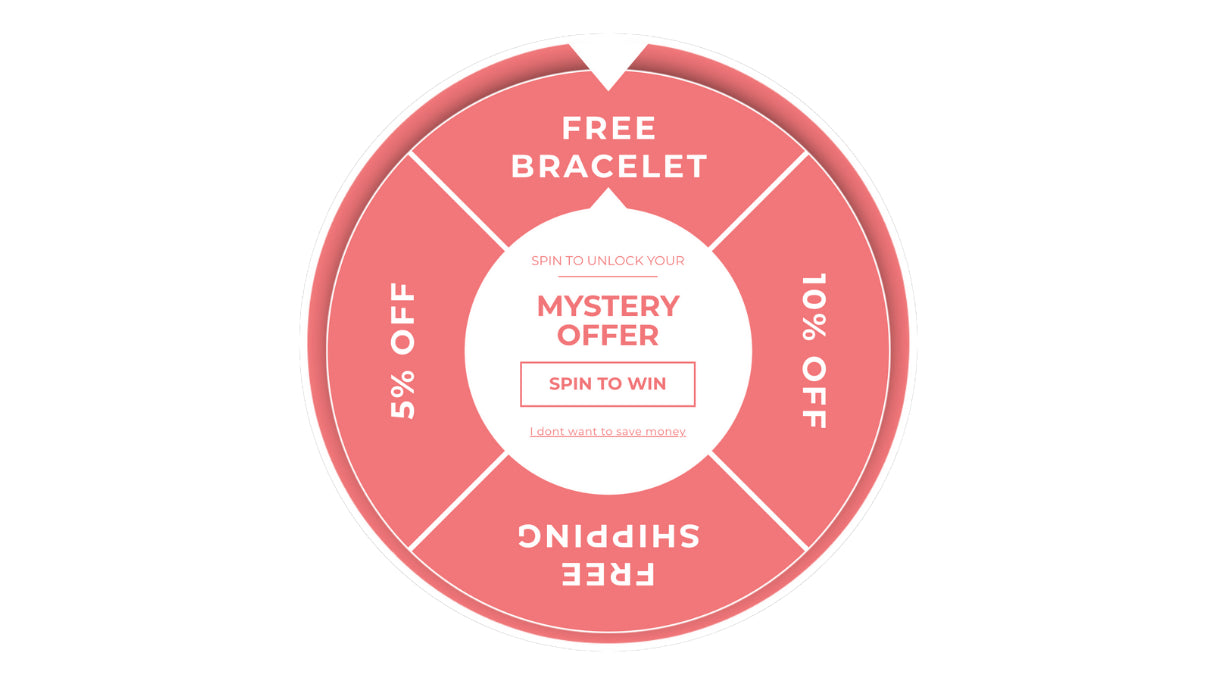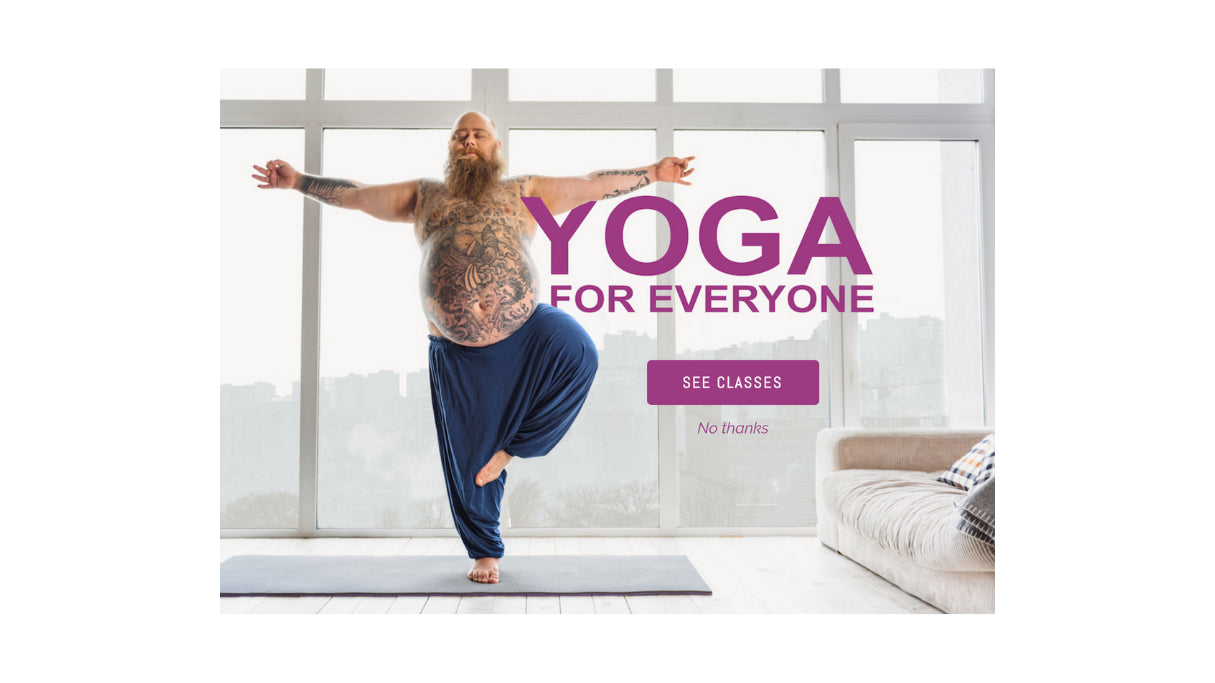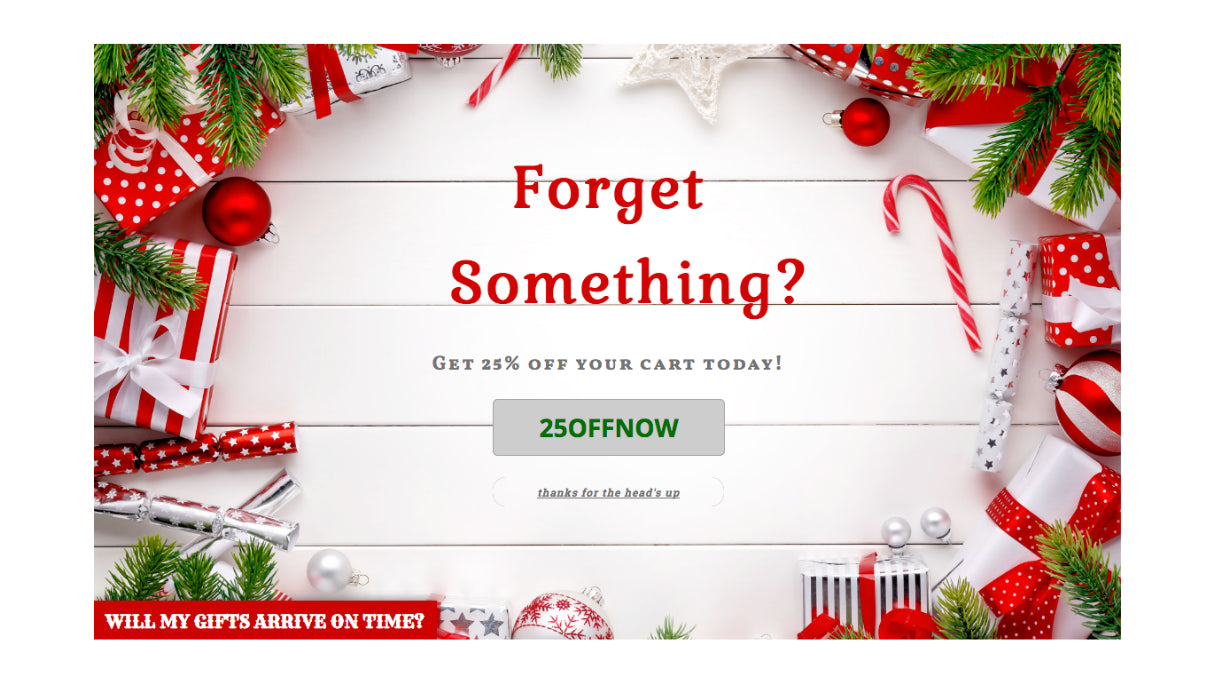
The 2018 holiday madness is finally over! You’ve had approximately five minutes to rest and now it’s time to start planning for 2019.
One of the best parts about the holiday rush is the amount of data from which we can now draw insights to help build better campaigns for clients in the upcoming months.
"Knowing which offers are most appropriate to your clients’ stores can help you craft even stronger marketing strategies."
During these high-volume holidays, most ecommerce stores implement some type of on-site offer, which is displayed via pop-ups or website message bars. Some are more effective than others, and knowing which ones are most appropriate to your clients’ stores can help you craft even stronger marketing strategies.
At Justuno, we nerd out on analyzing the data behind user behavior, and digging into the data-rich holidays are a great opportunity to let our geek flags fly. We sat down to review the patterns and trends we saw in 2018—information that we hope you can use to prep for a more effective 2019 holiday season, and optimize any marketing campaigns that come up throughout the year.
Below, you’ll find a break down of our user data from October 20, 2018 to January 1, 2019. We reviewed over 375 billion sessions to bring you insights on the types of on-site promotions that work the best . Let’s dig in.
. Let’s dig in.
Countdown timer

Average engagement rate: 8.82%
Average countdown timer conversion rate: 5.44%
What it is: A countdown timer displays a timer on a pop-up or message bar on your client’s site. The timer counts down to the time and date you’ve specified for an offer to end.
Why it works: Urgency! Implying a sense of FOMO helps influence buyers’ psychology. This is heightened even more during the holidays, as everyone’s in a rush to make sure gifts arrive on time.
Evergreen takeaway: Though timers are regularly used during holidays like Black Friday/Cyber Monday, understanding how urgency impacts your client’s purchasing funnel is the takeaway here. You can create other promotions during the year, and deploy the exact same marketing mindset. People want to buy if they think they’re going to miss out when the offer expires!
You might also like: How to Optimize Popups on Your Clients’ Stores.
Spin-to-win

Average engagement rate: 14.57%
Average spin-to-win conversion rate: 8.92%
What it is: Spin-to-win refers to the pop-up that looks like a Wheel of Fortune game.
Why it works: Gamification! Users love a gamified user experience, so having the prizes shown on a wheel draws them in. On the backend, you can specify what they will actually win, meaning this promotion type is easily customized.
Evergreen takeaway: Gamification works best when aligned with the right end-goal. Introducing a spin-to-win to increase engagement and build an email list quickly works best—though, during a holiday, it’s best to keep the focus on engagement, and not list-building. List building should be the precursor to your holiday sales, so once you have that list and the holidays arrive, you don’t have to worry about enticing people to opt-in. Focus on marketing to the list you’ve already built and converting those leads! Be aware that the quality of leads generated by a gamification approach may be of lower quality. But, if your goal is engaging or list-building, this approach is great.
Center pop-up

Average engagement rate: 14.34%
Average center pop-up conversion rate: 11.11%
What it is: A center pop-up is just what it sounds like! This type of promotion appears in the center of the user’s screen.
Why it works: KISS. That’s the good old user experience acronym for “keep it simple, stupid,” which has become something of a rule-of-thumb in UX design. And you can’t get simpler than a center pop-up.
Evergreen takeaway: There’s no need to get fancy. A simple, center pop-up is very effective, and in our internal analysis of Justuno users, tends to convert best. Over-complicating your design can send you down a rabbit hole of trying to understand why a certain pop-up design isn’t converting, since you’ve introduced too many variables. Simplify. Convert more. Easily understand what’s working and what isn’t.
You might also like: How Driving Quality Traffic Will Boost Conversion.
Ungated pop-up

Average engagement rate: 12.74%
Average ungated pop-up conversion rate: 13.27%
What it is: An ungated pop-up is an offer that doesn’t require the visitor to submit their email. Most commonly, this type of promotion shows a code that can be copied and used without collecting user emails.
Why it works: Ungated promotions work well because there is no barrier to entry. The user has access to the offer as soon as they are served the pop-up.
Evergreen takeaway: Giving everyone access to a certain offer is a fantastic way to increase orders. If you decide to run a “free shipping” discount or a “20% off” discount, for example, leaving that ungated is a surefire way to push more sales. Even better, you can get very specific with who sees that ungated offer—for example, only showing it to people who click through from your email. No matter who your target audience is, this type of offer is sure to produce immediate results.
You might also like: How Smart Design Patterns can Improve Store Conversions.
Gated pop-up

Average engagement rate: 7.33%
Average gated pop-up conversion rate: 12.90%
What it is: A gated pop-up refers to a website pop-up that requires information before the offer can be accessed. The most common requirement is email, though depending on your segmentation strategy, you might ask for more detailed information.
Why it works: Gated offers work well because the user will exchange their email address for whatever valuable offer they’ll receive once they opt-in.
Evergreen takeaway: Using a gated promotion during holidays like Black Friday/Cyber Monday isn’t generally something we recommend. Your focus shouldn’t be on list-building at that time. However, the periods before and after holidays are great times to show gated offers. Gating your offer is the ideal way to kickstart building your client’s email list, and nurturing them to become customers—and then repeat customers.
A few more notable highlights
Now that we’ve covered the performance of offer types, let’s check out a few more notable statistics about offer and device types that we discovered:
- Most popular pop-up: Mobile locked offer with 67,783,233 impressions
- Most engaged with pop-up: Spin-to-win center locked pop-up with an average engagement rate of 45.12%
- Highest converting pop-up: Mobile unlocked offer with an average conversion rate of 74.8%
Try something new this year
Now that you’re armed with information, how will you work these consumer behavior insights into your next campaign?
For ecommerce stores, new visitor gated offers and exit offers are absolute must-haves. If you already have these staple offers in place, choose one of the pop-up types we’ve written about here, and adapt the targeting rules to align with your marketing strategy.
"Marketing holidays are opportunities for you to introduce tactics that increase your client’s sales and engage with their audience."
Don’t forget, setting up a simple A/B test is the next step to refining your conversions. Tweak one item at a time—copy, image, button text—for a simple test to run during your next holiday marketing push.
Marketing holidays are opportunities for you to introduce tactics that increase your client’s sales and engage with their audience. Use the data above to learn from other people’s mistakes—a successful campaign is within your reach.
Read more
- How to Collect the Right Information from Your Clients
- Learn from the Shopify Experts Who Won Build A Business
- 3 Ways to Use a Phone Number to Boost Your Client’s Business
- Handshakes to Headsets: A Guide to Running Virtual Events
- Customer Obsession: Driving Client Decisions the Amazon Way
- Shopify’s Director of Design Talks Tools, Trends, and How to Take Charge
- 7 Ways to Create an Amazing Customer Experience for Your Clients’ Ecommerce Stores
- How to Get Your Clients Up and Running With Shopify POS
- How to Set Your Client’s Branding Apart
What conversion tactics do you use? Let us know in the comments below!

